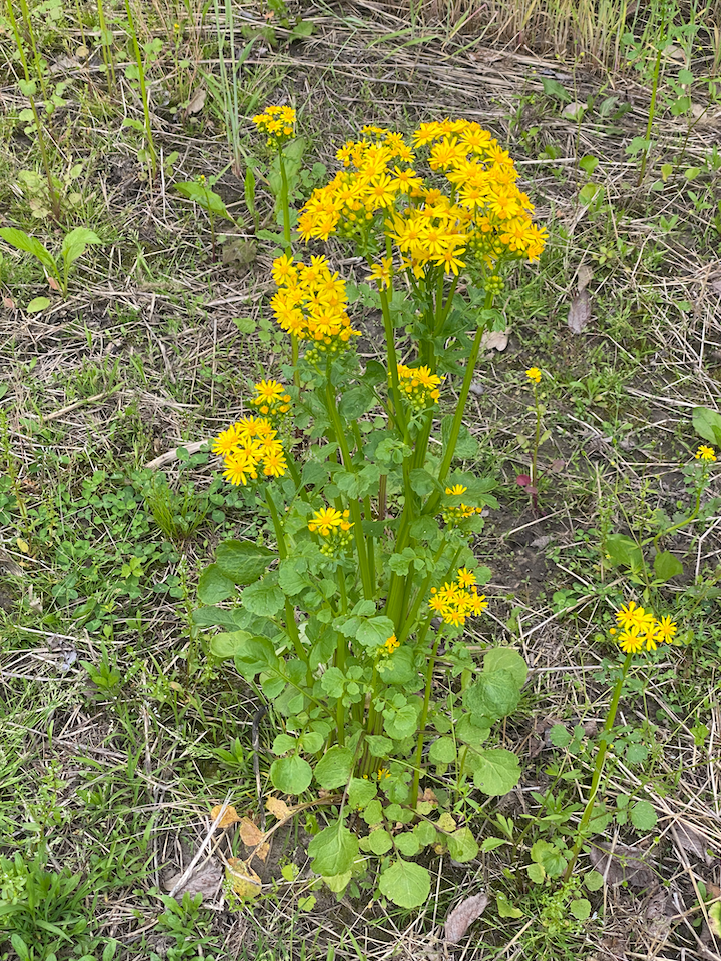
It is May, the sun is shining, of course the wind is blowing, and the weather forecast is calling for warmer temperatures.

It is May, the sun is shining, of course the wind is blowing, and the weather forecast is calling for warmer temperatures.

Early planted corn always involves the risk of cold weather in the weeks after planting.
Armyworm Pheromone Trap Report – 2023
2023 Black Cutworm Pheromone Trap Report Form
Fieldwork has progressed slowly in the past week due to cool air and soil temperatures.

Every spring we receive several calls and e-mails about a certain 3-foot tall weed with yellow flowers (Figure 1).

The presence of poison hemlock (Conium maculatum L.) in pastures, fencelines, and field edges (Figure 1) is a frequent concern in many parts of Indiana during the Spring.

Despite the cooler weather we’ve experienced the last couple of weeks, temperatures from April 1st through 26th averaged 2.3°F above normal for the entire state (Figure 1).

In the Spring, growers may experience challenges when controlling winter annuals weeds or terminating cover crops with glyphosate-based burndown herbicide programs, specifically when glyphosate is sprayed in cool, cloudy weather conditions or tank mixed with residual herbicides, ATS, or synthetic auxins (issue mostly for grasses).
Hemp producers struggle to manage weeds and have very few herbicide options available, with no conventional herbicides registered for use prior to April 2023.
© 2024 Purdue University | An equal access/equal opportunity university | Copyright Complaints | Maintained by Pest&Crop newsletter
If you have trouble accessing this page because of a disability, please contact Pest&Crop newsletter at luck@purdue.edu.